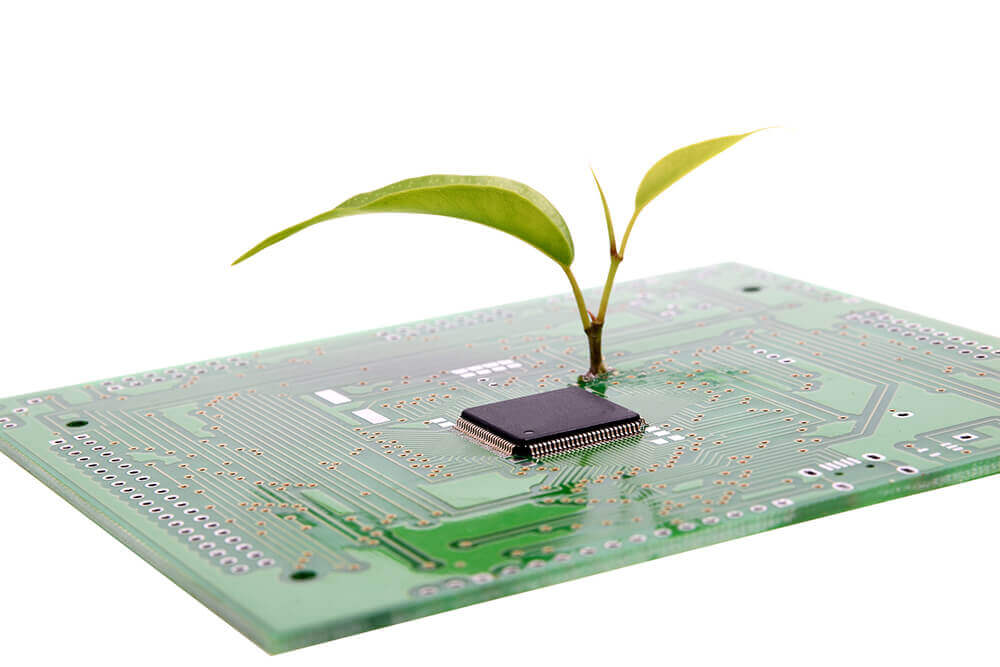While the global spotlight is shining on the importance of sustainability in semiconductors, the concept itself is not new. As early as 2003, when the European Union adopted the Restriction of Hazardous Substances Directive, semiconductor manufacturing companies started to become more aware of their impact on the environment and launched efforts that would now be classified as “sustainable manufacturing.”
Sustainable Development Goals
In 2015, 193 members of the United Nations broadened the scope of sustainability through the creation and adoption of the Sustainable Development Goals (SDGs). These are “the world’s shared plan to end extreme poverty, reduce inequality, and protect the planet by 2030.”
Innovations that enable smart mobility, smart cities, smart manufacturing, and smart agriculture are just some of the ways the semiconductor industry is contributing to achieving SDGs. Ironically, the global data explosion driven by these innovations is creating a conundrum for semiconductor manufacturers and suppliers.
According to this recent article in Semiconductor Review, “fabricating a small 2g microchip requires 32 kilograms of water, 1.6 kilograms of petroleum, and 72 grams of chemicals.” Multiply this by vast volumes of chips we produce each year to support the global data explosion generated by these innovations, and we are at risk of causing as much harm as good.
As the semiconductor industry endeavors to support technologies that will make the world a better, safer, cleaner place, we need to increase efforts for sustainability in semiconductor manufacturing. If we focus on reducing our environmental footprint, we can make sure we’re not simultaneously destroying the world we are trying to save.
Reduce, Reuse, Recycle
Intel and Micron are just two examples of semiconductor giants that have incorporated these broader goals into their annual sustainability efforts. Both companies have aggressive initiatives in place that include environmental sustainability goals such as reducing carbon emissions, achieving zero hazardous waste to landfills, reducing energy and water use, and more.
In a February 2020 Evertiq article written by Steven Zhou of Moov Technologies, he talks about how the basic three “R” approach—Reduce, Reuse, Recycle—can help semiconductor companies achieve these targets. He even references our CEO, David Wang, who notes that “The world’s top semiconductor foundries and manufacturers have published aggressive targets for recycling initiatives, with 90-95% recycling of solid waste and near-zero hazardous chemical waste to landfills in 2020.” Zhou goes on to explain that, of the three R’s, reducing process steps and recycling materials require the most technology innovation. Reuse is the easiest to achieve.
How ACM Helps You Achieve Sustainability in Semiconductors
At ACM Research, we’re dedicated to helping customers achieve sustainability goals, particularly by helping them reach their zero-waste-to-landfill goals with tools designed to reduce, reuse and recycle the chemistries used in wet wafer processing.
For example, our Ultra C Tahoe Cleaning System for photoresist stripping and advanced cleaning uses a two-step approach to optimize the advantages of wet-bench and single-wafer cleaning, thereby reducing energy use and minimizing waste.
And then there’s the Ultra SFP AP, our stress-free polishing tool for advanced packaging applications that features a proprietary electrolyte recycle-and-reuse system that consumes significantly less chemistry. The electrolyte and wet-etchant chemistries are recycled and reused in real-time through the system, reducing the overall usage of consumables. Furthermore, the system’s ability to reclaim the removed metals, which can then be used for other purposes, adds to its sustainable nature.
To learn more about how our wet-processing tools can help you meet your sustainability goals, contact me at jim.straus@acmrcsh.com.




















